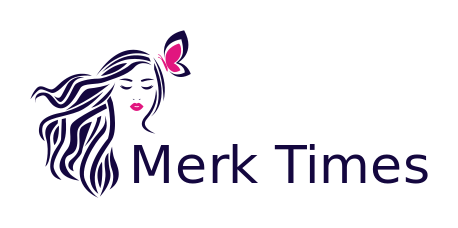Ever looked at your shirt and wondered how those fabric pieces stick together so neatly? That’s the magic of Nahttypen — aka seam types. While seams might seem like a minor detail in sewing, they’re kind of like the unsung heroes holding the entire garment world together. Whether you’re into DIY fashion, upholstery, or industrial tailoring, understanding seam types is a must.
Let’s dive in, shall we?
What Are Nahttypen?
“Nahttypen” is the German word for types of seams. Simple, right? But don’t let the simplicity fool you — there’s a whole world hiding under that word. In sewing and garment construction, seam types determine not just how things are stitched together but also how they look, feel, and function.
Why Are Seam Types Important?
Choosing the wrong seam type can mean disaster. Think frayed fabric, bulky lines, or seams that rip apart after a wash. On the flip side, using the right seam type? That’s where durability, style, and finesse come into play.
The 10 Most Common Nahttypen (Seam Types)
Now, let’s get hands-on with the most common types of seams — from the basic to the beautifully complex.
1. Plain Seam (Geradstichnaht)
This is the bread and butter of seams. The plain seam is your go-to for pretty much everything, especially for beginners.
Use Cases and Strengths
- Everyday clothing
- Simple home decor projects
- Quick and clean finish
It’s straightforward: align two pieces of fabric, stitch them together, press the seam open. Done!
2. French Seam (Französische Naht)
Ah, the French seam — it sounds fancy because it is fancy.
Perfect for Delicate Fabrics
French seams are perfect for lightweight, see-through fabrics like chiffon or silk. Why? Because the raw edges are hidden inside, making it neat and durable.
3. Flat-Felled Seam (Kappnaht)
If you’ve ever worn jeans, you’ve already met this one.
Known for Strength and Neat Finish
This seam is super strong and lies flat — great for heavy fabrics like denim and workwear.
4. Bound Seam (Eingefasste Naht)
When you want style points, reach for the bound seam.
When Aesthetics Matter
This involves enclosing the raw edges with bias tape. It’s functional, sure, but also stylish — think bags, jackets, and anything high-end.
5. Lapped Seam (Überlappte Naht)
This one’s common in leatherwork and upholstery. Instead of sewing two edges together, one edge laps over the other. It’s sturdy and reduces bulk.
6. Double-Stitched Seam (Doppelte Naht)
As the name suggests, this seam is stitched twice for extra strength. Ideal for high-stress areas like crotches and underarms.
7. Serged Seam (Overlocknaht)
The serger machine is your best friend for this seam. It trims the fabric edge and encloses it with thread in one swoop — talk about multitasking!
8. Mock Flat-Felled Seam (Scheinkappnaht)
Love the look of flat-felled seams but hate the work? This one fakes it, giving you a neat finish with less hassle.
9. Slot Seam (Schlitznaht)
This decorative seam creates a little gap between the fabrics — great for adding a design detail to skirts, dresses, and blouses.
10. Welt Seam (Wulstnaht)
This one’s got bulk, but it’s for a reason. It creates a raised, padded look and is used in coats and formal wear for structure and style.
Choosing the Right Seam Type
Okay, now that you know the options, how do you choose the right one? Easy — just ask yourself a few questions.
Based on Fabric Type
- Lightweight fabrics → French seams
- Heavy fabrics → Flat-felled or double-stitched seams
- Stretchy fabrics → Serged seams
Based on Functionality
- High-stress areas? Go for reinforced seams
- Decorative pieces? Bound or slot seams look great
Based on Aesthetic Goals
Want your seams to be invisible? Or maybe you want them to stand out as a design feature? There’s a seam type for both.
Nahttypen in Fashion vs. Industrial Use
In fashion, it’s all about balance — a seam should be functional and fabulous. A poorly chosen seam can mess up the drape or look bulky on delicate fabric.
Heavy-Duty Industrial Applications
Industrial sewing isn’t about the glam — it’s about durability. These seam types are tested for tensile strength, especially in workwear, sports gear, and upholstery.
Final Thoughts on Nahttypen
So, there you have it — a crash course in the world of Nahttypen. From the humble plain seam to the stylish bound seam, there’s a world of stitching out there waiting for you.
Learning about seam types isn’t just about sewing — it’s about knowing your tools and making smarter, more confident decisions when you create something.
So next time you thread that needle, think about your Nahttyp — because the right seam can make all the difference.

